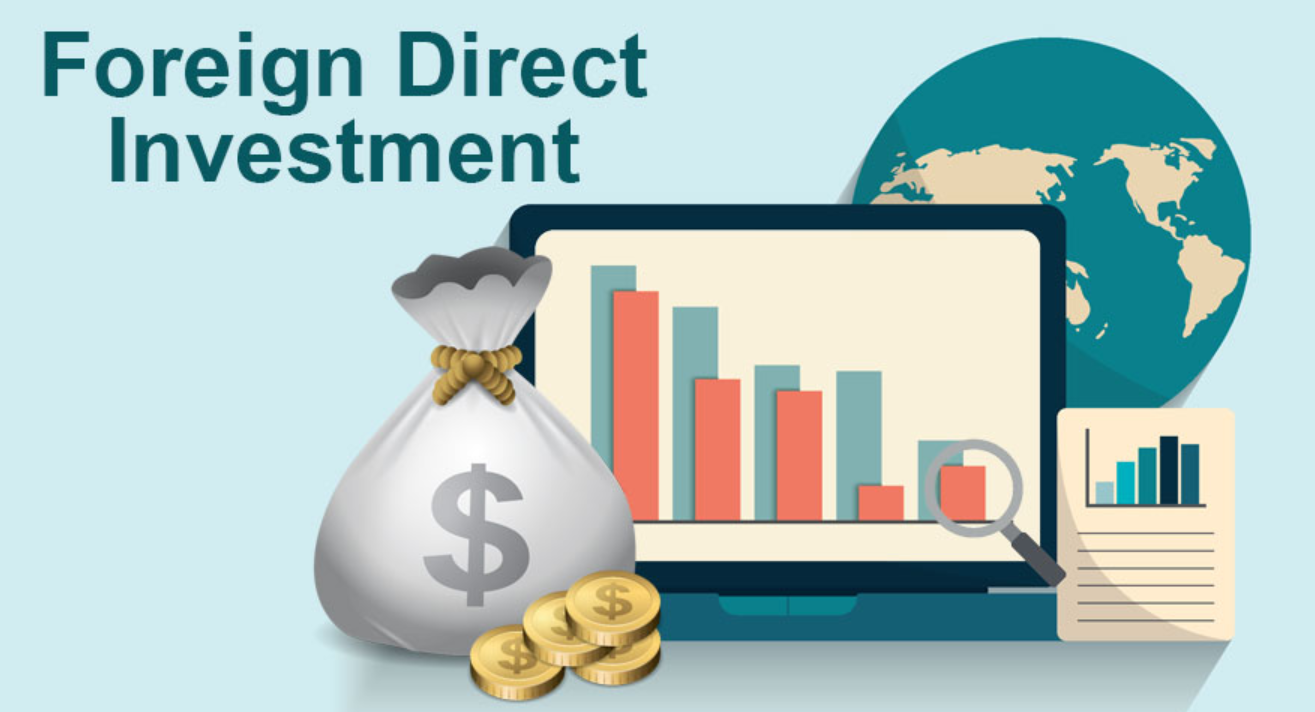Foreign direct investment (FDI) is a critical component of a healthy global economy. It drives economic growth, creates jobs, and fosters innovation. Despite the challenges that the pandemic has brought to the global economy, FDI has shown remarkable resilience.
In fact, FDI into developing countries actually increased in 2023, according to a UN report. As we look to the future, it’s important to understand how FDI will evolve in the coming years. In this blog post, we’ll explore five key FDI trends to watch in 2023 as the global economy continues its recovery from the pandemic.
Five key FDI trends
1. Reshoring Gains Momentum:
Reshoring refers to the trend of companies bringing their production and manufacturing back to their home countries after outsourcing to countries with lower labor costs. This trend is driven by a variety of factors, including supply chain disruptions caused by the pandemic, concerns about intellectual property theft, and geopolitical tensions. Governments are also encouraging reshoring by offering incentives for companies to reshore in strategic sectors. In 2023, we can expect to see more companies exploring reshoring as a viable option for their businesses.
2. Developing Economies Lead in FDI Attraction:
According to a UNCTAD report, foreign direct investment into developing nations increased by 5% in 2022, with the majority of investments going to Asia and Africa. This growth is due to a variety of factors, including favorable demographics, increasing consumer demand, and investment promotion efforts by developing nations. In 2023, we can expect developing economies to continue to lead in FDI attraction, with countries like India, China, Bhutan and Kenya offering strong investment opportunities.
3. Sustainability Becomes Paramount:
Economic growth and sustainability are no longer mutually exclusive. In fact, investors are increasingly looking at environmental, social, and governance (ESG) factors when making investment decisions. Governments are responding to this trend by tightening sustainability requirements and providing incentives for companies with strong sustainability practices. In 2023, companies that are able to demonstrate their commitment to sustainability will be best positioned to attract FDI.
4. Technology Investment Accelerates:
The pandemic has accelerated the digital transformation that was already underway, making technology one of the top sectors attracting FDI. The electronics, IT, and telecom sectors are particularly attractive due to their potential for growth and innovation. In 2023, we can expect technology investment to continue to accelerate, with companies investing in areas like artificial intelligence, 5G technology, and cybersecurity.
5. Geopolitics Raise Uncertainty:
Geopolitical tensions, trade disputes, and policy uncertainty can impact FDI decisions. In 2023, we can expect companies to exercise caution as they navigate uncertainty in key markets. Supply chain localization and security considerations will be top of mind for many companies, as they seek to minimize risks and ensure business continuity.
Conclusion:
The outlook for FDI in 2023 is cautiously optimistic. While the global economy is recovering from the pandemic, uncertainty remains. The five trends we’ve explored in this blog post highlight both the opportunities and challenges that companies will face as they make investment decisions in the coming years.
To succeed in this environment, companies will need to be resilient and adaptable, able to respond to changing market conditions and shifting geopolitical landscapes. By staying ahead of these trends and making smart investment decisions, companies can position themselves for success in 2023 and beyond.
